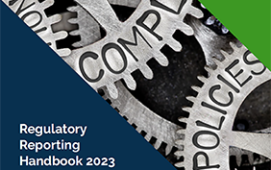Thomson Reuters has added indices covering over 7,500 global companies to its MarketPsych indices, giving investors greater insight into how emotions and perceptions move financial markets, and helping them to define more effective trading strategies.
The company indices add to MarketPsych indices that have been developed by Thomson Reuters in conjunction with MarketPsych, a consultancy specialising in quantitative behavioural economics, since 2012 and cover countries, currencies, commodities and industries.
The company indices provide real-time linguistic and psychological analysis, and convert qualitative indicators, such as fear, performance forecasts and trust in management, into quantitative and actionable insight. Thomson Reuters and MarketPsych use 2 million sources of news and social media from Moreover Technologies, a LexisNexis business, and filter these to produce a pool of 40,000 global news sources and 7,000 social media sites that are used to create the indices. Historical media dates back to 1998.
There are 24 company indices, 14 dedicated to technical issues such as how people talk about price expectations and earnings forecasts, and 10 dedicated to sentiments that are linked to predictive behaviour. These sentiments include anger, gloom, joy, optimism, management trust, urgency, uncertainty and conflict.
Richard Peterson, managing director of MarketPsych, explains: “Now we have numbers behind psychology and concrete evidence that emotions affect how stocks are priced, it is possible to build quantitative models based on sentiment and enhance trading strategies. For example, the management trust index shows that when people are more trusting about a management team, stock declines in price and vice versa, which is the opposite of what you might expect.”
The additional company indices are available immediately as part of the Thomson Reuters MarketPsych Indices feed and are being used for quantitative trading as well as to time asset allocation.
Subscribe to our newsletter




